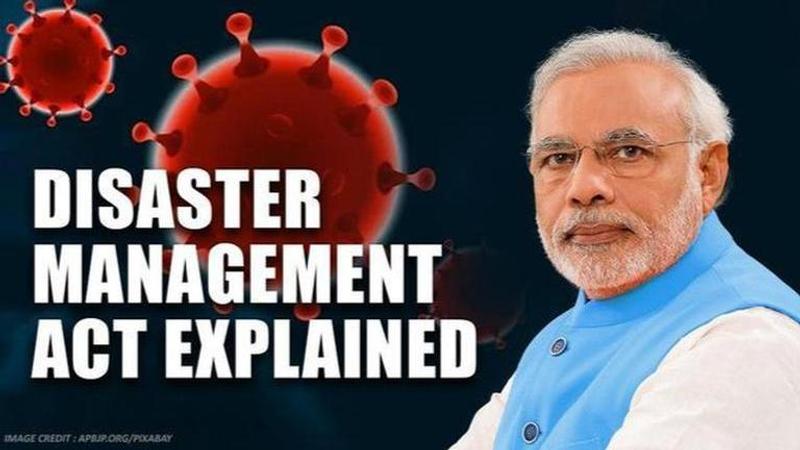Published 22:43 IST, March 24th 2020
Coronavirus outbreak: Why India invoked the Disaster Management Act and what it means
The government, through the invocation of the Act, has a free hand to spend the money coming from the fund and take decisions in relation to it.

The Prime Minister in his second address to the nation in five days, today invoked the National Disaster Act to deal with the growing problem surrounding the COVID-19 virus. The Disaster Management Act, which is one of the two legislations that the Central government is relying on to tackle the pandemic, was enacted in 2005 with an intent to “effectively manage disasters in India”.
The term “Disaster” has been defined under Section 2(d) of the Disaster Management Act and means “a catastrophe, mishap, calamity or grave occurrence arising from natural or man-made causes, by accident or negligence”. The definition also states that the disaster should have resulted in “substantial loss of life or human suffering or damage to property and environment to such an extent that it is beyond the coping capacity of the affected area”.
The government can access funds under the Act
The Act has usually been enforced in parts of the country in the past to tackle natural disasters. This time around, however, the government has declared the pandemic as a “Notified Disaster” which allows the government to dip into the “National Disaster Response Fund” to contain the immediate concern of rise in positive COVID-19 cases.
Despite doing better than most other countries in taking immediate steps to curb the pandemic, India still lags behind in conducting enough tests on a daily basis on the suspected cases.
The funds under the Act which can now be accessed by the government will go a long way to deal with concerns regarding the number of testing laboratories, establishing quarantine facilities, manufacturing and supply of masks, sanitisers and other essential services to the patients and other citizens.
The government, through the invocation of the Act, has a free hand to spend the money coming from the fund and take decisions in relation to it.
The Act also provides for setting up of administrative authorities like the National Disaster Management Authority and the State Disaster Management Authority.
The Disaster Management Act has been invoked retrospectively by the government in tandem with the Epidemic Diseases Act of 1897. This law came into being as a consequence of the Bombay plague which had struck the city of Bombay in the late nineteenth century.
The Epidemic Diseases Act is one of the shortest legislation passed by the Indian Parliament. It has 4 sections and extends to merely two pages which only talk about the powers of the Central government under the Act and the penalty that can be imposed on any person disobeying the rules and protection of the persons who come under the Act.
Quite obviously, the Epidemic Diseases Act invoked in isolation would have had little to no impact on status quo, which is what made it pertinent for the government to invoke the Act along with the Disaster Management Act.
Updated 22:43 IST, March 24th 2020




